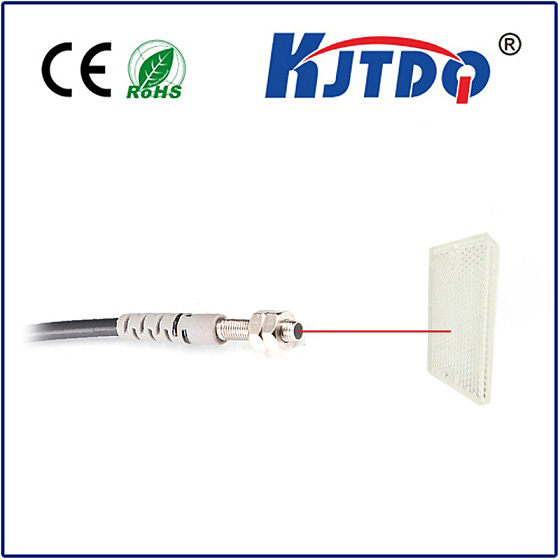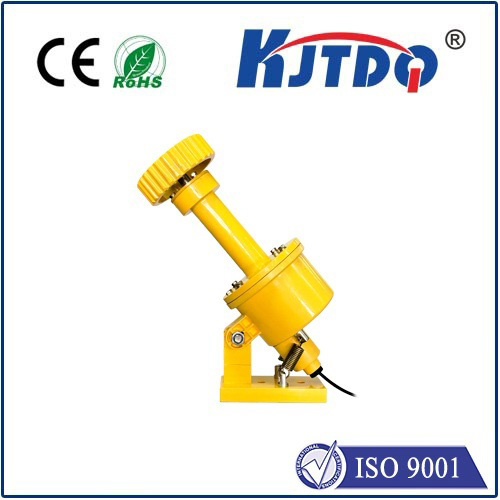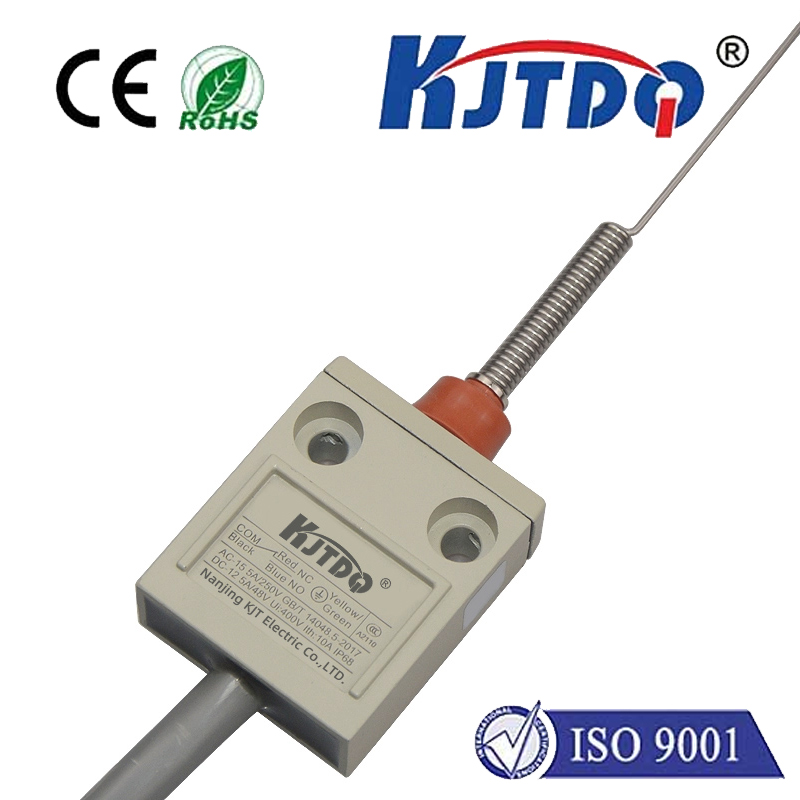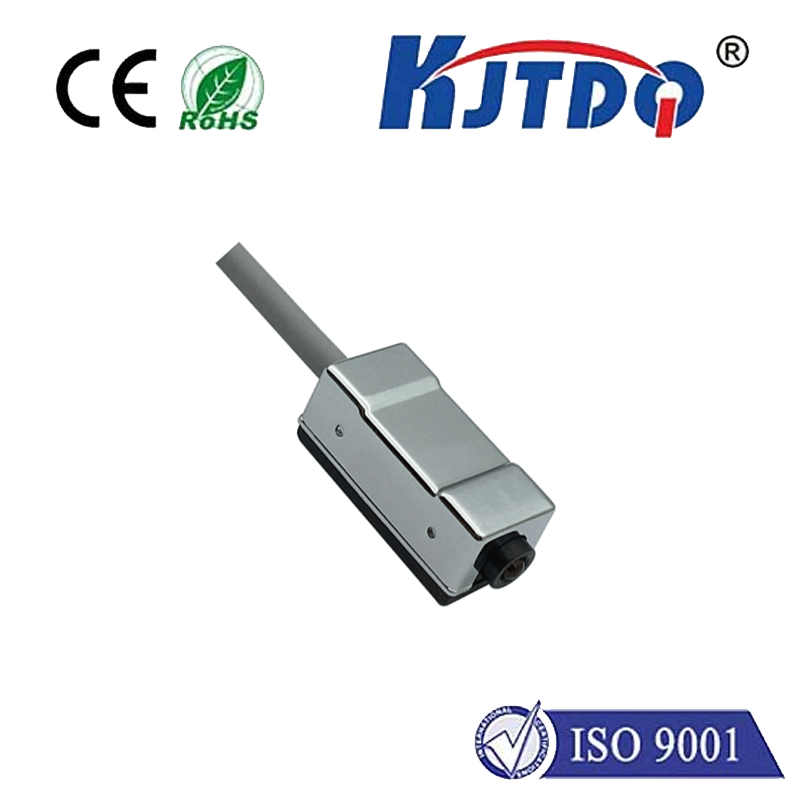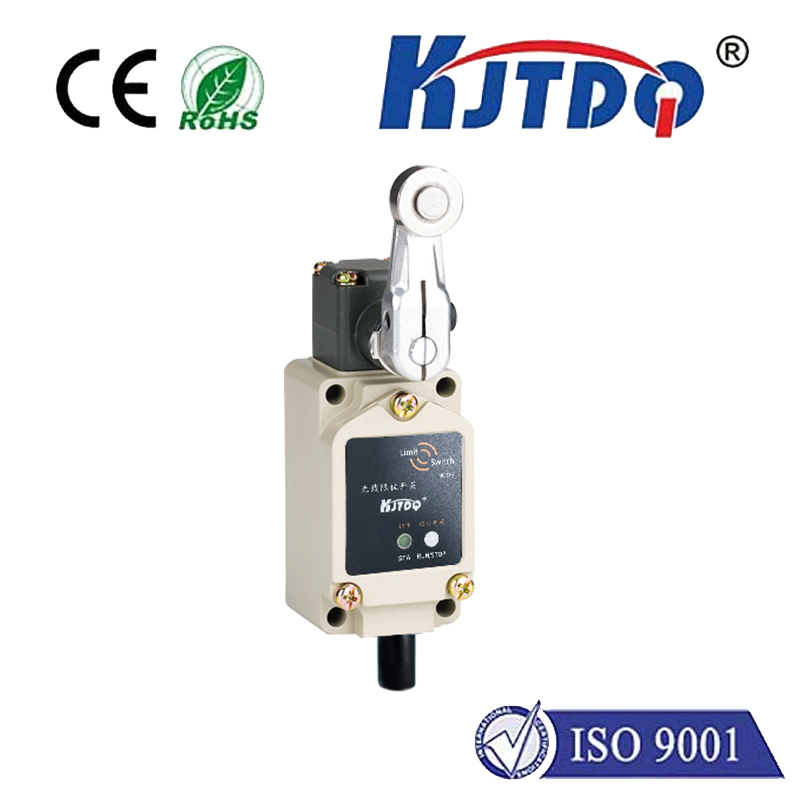

check

check

check

check
Imagine a production line humming flawlessly. Robotic arms weld with millimetric precision, conveyor belts glide seamlessly, and packages are counted without a finger ever touching them. This symphony of automation owes much to an unsung hero: the inductive proximity switch sensor. These compact, rugged workhorses silently detect the presence or absence of metallic objects, acting as the essential “eyes” triggering countless actions in industrial settings. Understanding their function and advantages is key to optimizing modern machinery.
At its core, an inductive proximity sensor is a non-contact electronic switch. Unlike mechanical limit switches requiring physical impact, it operates purely through electromagnetic fields. When electrical current flows through the sensor’s coil, it generates an oscillating high-frequency electromagnetic field radiating from its sensing face. This field is the sensor’s active probing zone.
The magic happens when a conductive metal target enters this field. According to the principle of electromagnetic induction, the oscillating field induces tiny circulating electrical currents, known as Eddy currents, within the target metal. These Eddy currents create their own opposing electromagnetic field, which interacts with the sensor’s original field.
This interaction fundamentally changes the characteristics of the sensor’s internal oscillator circuit. The energy loss caused by the Eddy currents dampens the oscillator’s amplitude (or changes its frequency, depending on the sensor design). Sophisticated electronic circuitry within the sensor continuously monitors this change. Once the amplitude drops below (or frequency shifts beyond) a predetermined threshold – indicating a sufficiently close metal object – the sensor’s output state flips.

This output switch is the key action. Typically configured as a solid-state switch, it provides a discrete signal – either “ON” (target present) or “OFF” (target absent). Common outputs include:
Their fundamental operating principle unlocks a suite of compelling advantages:
High Reliability: Free from moving parts and contacts prone to arcing or corrosion, they offer extremely stable and dependable operation over long periods. Minimal maintenance is required.
Position Detection Accuracy: Provide precise and repeatable detection of metal objects within their specified sensing range.
Their versatility makes them ubiquitous across industries:
Choosing the optimal sensor requires considering several factors:
In summary, the inductive proximity switch sensor is the cornerstone of reliable, high-speed position detection in demanding industrial environments. Its non-contact operation, exceptional ruggedness, and proven longevity make it the preferred solution over mechanical switches for countless metal detection tasks. By understanding their working principle, key advantages, and selection criteria, engineers can effectively harness these vital components to build more efficient, robust, and productive automated systems. Whether counting cans, verifying cylinder positions, or ensuring robotic precision, the inductive proximity sensor is quietly making modern manufacturing possible.
